A new season for Switzerland’s old Furka steam train

Armed with chain saws, shovels and snow ploughs, it takes 15 volunteers three weeks to clear the snow from the historic Furka cogwheel steam railway in central Switzerland. Here’s how they do it.
It’s 5:30am. The snow-covered mountains look bluish in the first light of day. Everything is still quiet in Realp, a small village in canton Uri in central Switzerland. A little further away, windows twinkle; it’s breakfast time in the canteen belonging to the Furka mountain line associationExternal link. Volunteers still have pillow marks on their faces, but they are already kidding around as they spread jam onto their bread.
Then they strap avalanche detectors onto their chests and apply sunscreen to their faces. “The sun up there is strong!” they warn.

Created to connect the towns of Brig and Disentis by rail, the Furka cogwheel steam train had two purposes: to develop tourism and to facilitate the transport of military convoys. The line went into service in 1926 and was electrified in 1942. The railway was abandoned in 1981 with the commissioning of the Furka Base Tunnel. But enthusiasts decided to bring it back to life in 1986. They even tracked down some locomotives that had been exported to Vietnam, and brought them back to Switzerland during a complicated journey in 1990External link.
Since 2010, the line has been fully operational between Realp and Oberwald in canton Valais. Every year, 30,000 passengers enjoy this tourist attraction when it’s open between the end of June and the beginning of October.
Each year about 15 people help prepare the historic Furka Pass railway for its summer season. It’s a project that lasts for about three weeks and involves clearing the snow, repairing the rails and putting everything in order for the opening, which falls on June 22 this year.
The locomotives leave the depot. At 6:30am, they whistle and bring the volunteers to the clearing site. Two people responsible for avalanche monitoring head off by car; they’ll spend the day above the clearing site, where they’ll observe the snowpack and watch for avalanches so they can warn the rest of the team via walkie-talkie.
The rest of the volunteers continue their ascent while admiring the scenery, a patchwork of snow, greenery and streams. “The Strawberry”, a very small red locomotive, leads the way, followed by a large diesel locomotive. The convoy slips through snow walls and passes through a tunnel decorated with thousands of icicles. It’s forced to stop in the next tunnel because the exit is completely blocked. The team even needs a ladder to reach the surface of the snow, which is 16 metres high in some places because of the avalanche flow. The volunteers have to attack it by hand using shovels and two chainsaws. The diesel locomotive also has a snow plough at the front to clear a path through the tracks, but this doesn’t work with snow deeper than 1.5 metres.
The sun rises and the volunteers divide themselves into small groups and get straight to work. Patrick is the supervisor this week. The geophysicist has been in the club for many years: “Becoming a locomotive driver was a childhood dream that came true here at the Furka,” he confides. Robert, meanwhile, discovered the steam train last summer as a passenger. Patrick convinced him to help with the snow clearing this year. Robert took three days off from his paid job as a Zurich optician and is delighted with the experience: “Here, it’s another dimension. There’s so much snow!”
A wall of snow
A little higher up, access to the third tunnel is completely blocked. The snow is so packed down that the volunteers need a mechanical shovel to clear it. They manage to get inside and try to open the upper door. Closed all winter long, it kept snow from invading the gallery. The metal posts that support the door are removed one by one and the sides open to reveal a wall of snow as hard as concrete. Now the volunteers will attack it from both sides to try to break through.
Alexander is responsible for the excavator. The Zurich-area retiree has worked with construction equipment all his life, and has been involved in snow removal for four years.
“I want to keep the Furka steam train alive, and since I don’t have much money, I donate my time,” he explains. “It’s fun to still be able to operate machines and talk to people. Everyone helps each other.” Suddenly, a little mouse appears in the middle of the tunnel and scurries between the rails. “I wonder what it ate all winter long?” muses Alexander.
Attack of the chainsaws
One of the most difficult points of the excavation work is the Steffenbach BridgeExternal link, located slightly higher up. Built in 1925, it can be folded; during the winter, its parts are tucked away for protection. The volunteers have to free them of snow and unfold them in order to connect the rails. Originally, there was a stone bridge from the early 20th century, but it was washed away by one of the avalanches that regularly descend the mountain.

The snow is so compact under the bridge that the team works with a chainsaw to cut away blocks of ice. Jenny lifts them with her shovel and pushes them a little further away. This nurse in her 30s is from Munich, Germany, and she has a lot of fun being active in the snow. This is the fifth year in a row that she and her boyfriend have come to help out.
“We already knew the area from summer visits, and we wanted to discover it in the winter,” she says. “We like outdoor activities; this is something different and exciting.”
At 2pm, everyone starts cleaning up. Clearing ends early on this day because the danger of avalanches is too great in the afternoon. Still sweating, the volunteers head to the locomotive that will take them back to the canteen for a well-deserved coffee and some chocolate. On the way back, they all look exhausted, but they’re still smiling.
“Of course we’re worn out at the end of the day,” says Jenny. “But it’s a good fatigue, you feel good because you know what you’ve accomplished.”
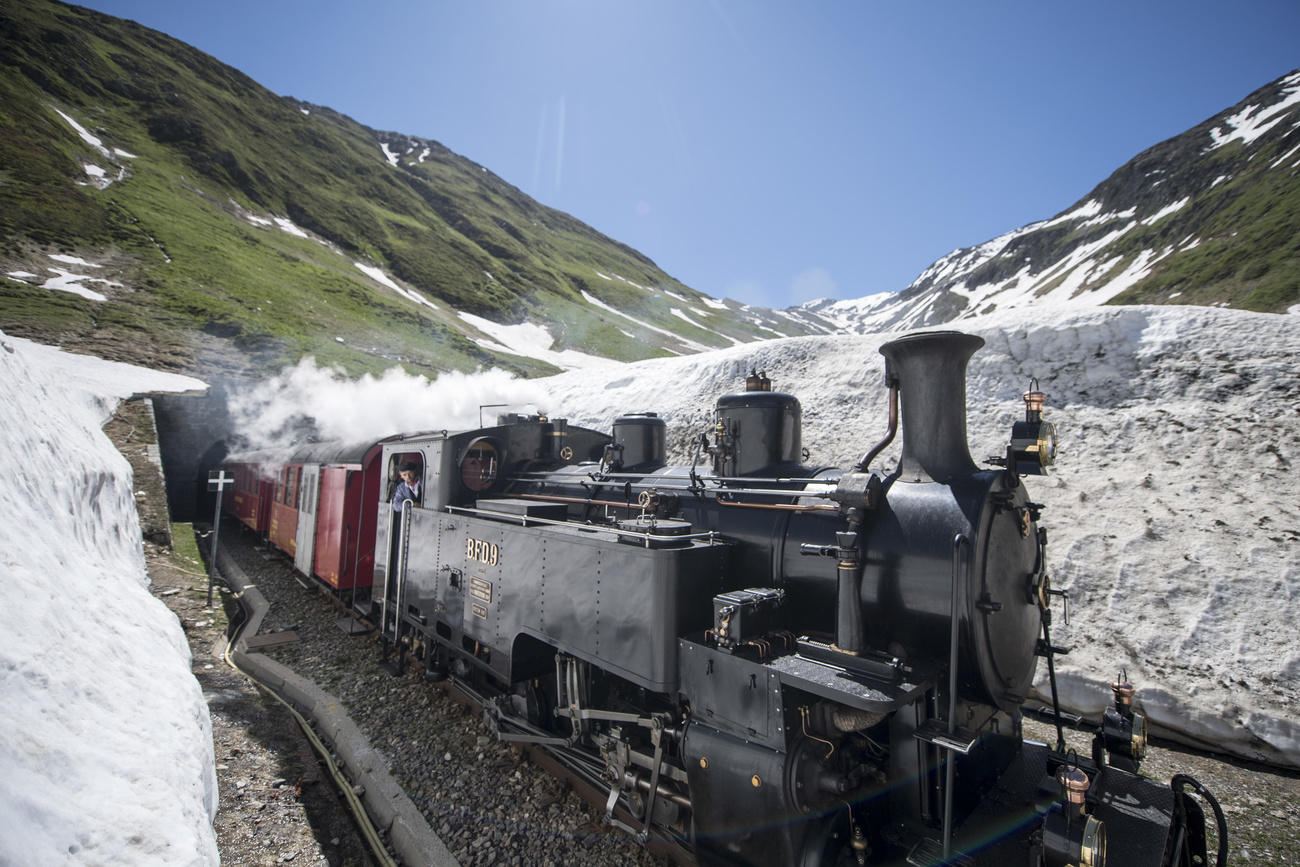
Translated by Susan Misicka

In compliance with the JTI standards
More: SWI swissinfo.ch certified by the Journalism Trust Initiative

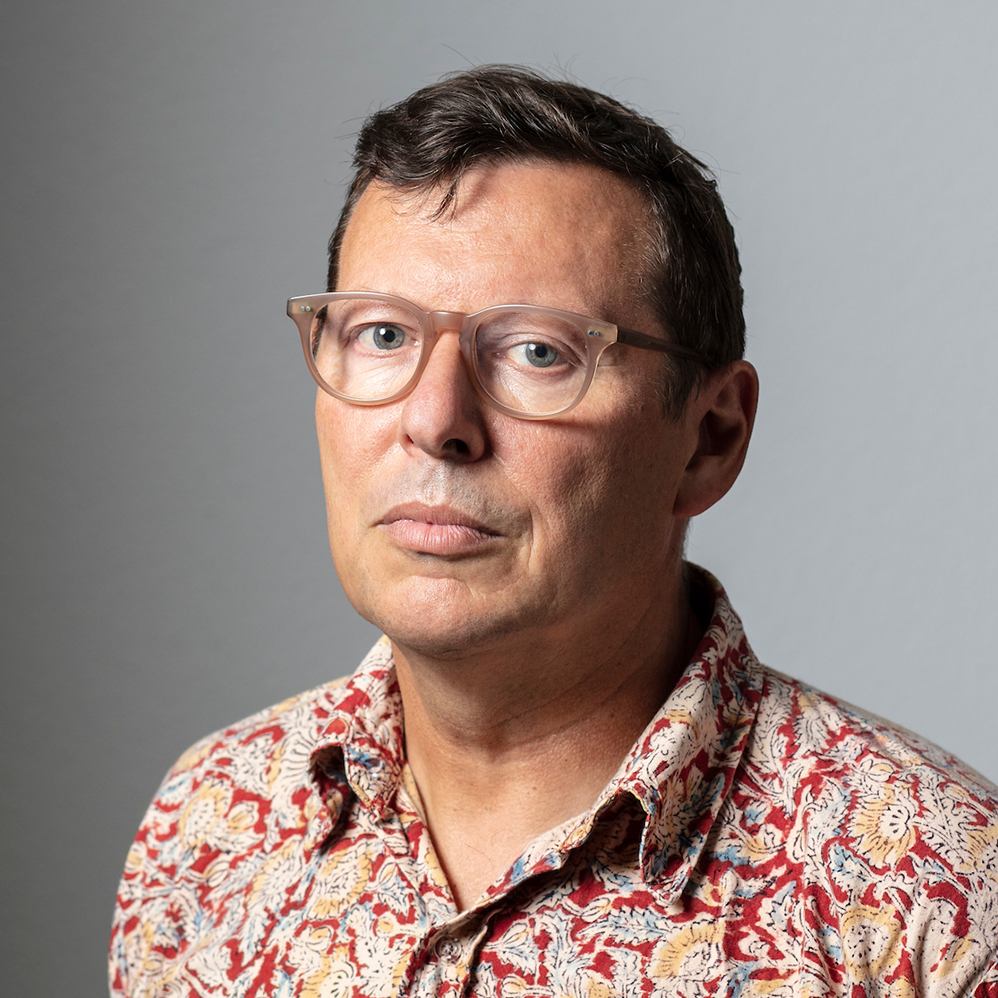
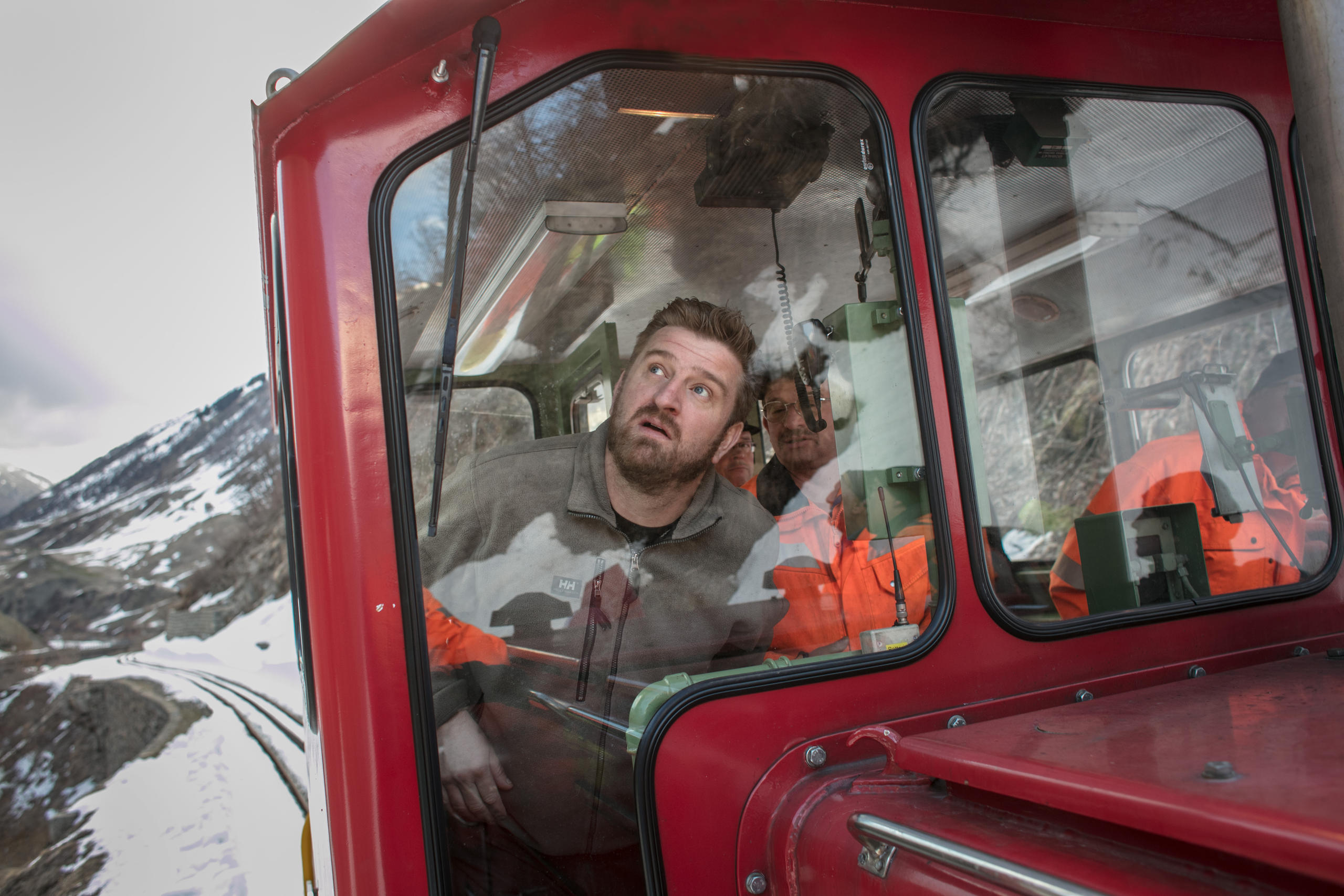
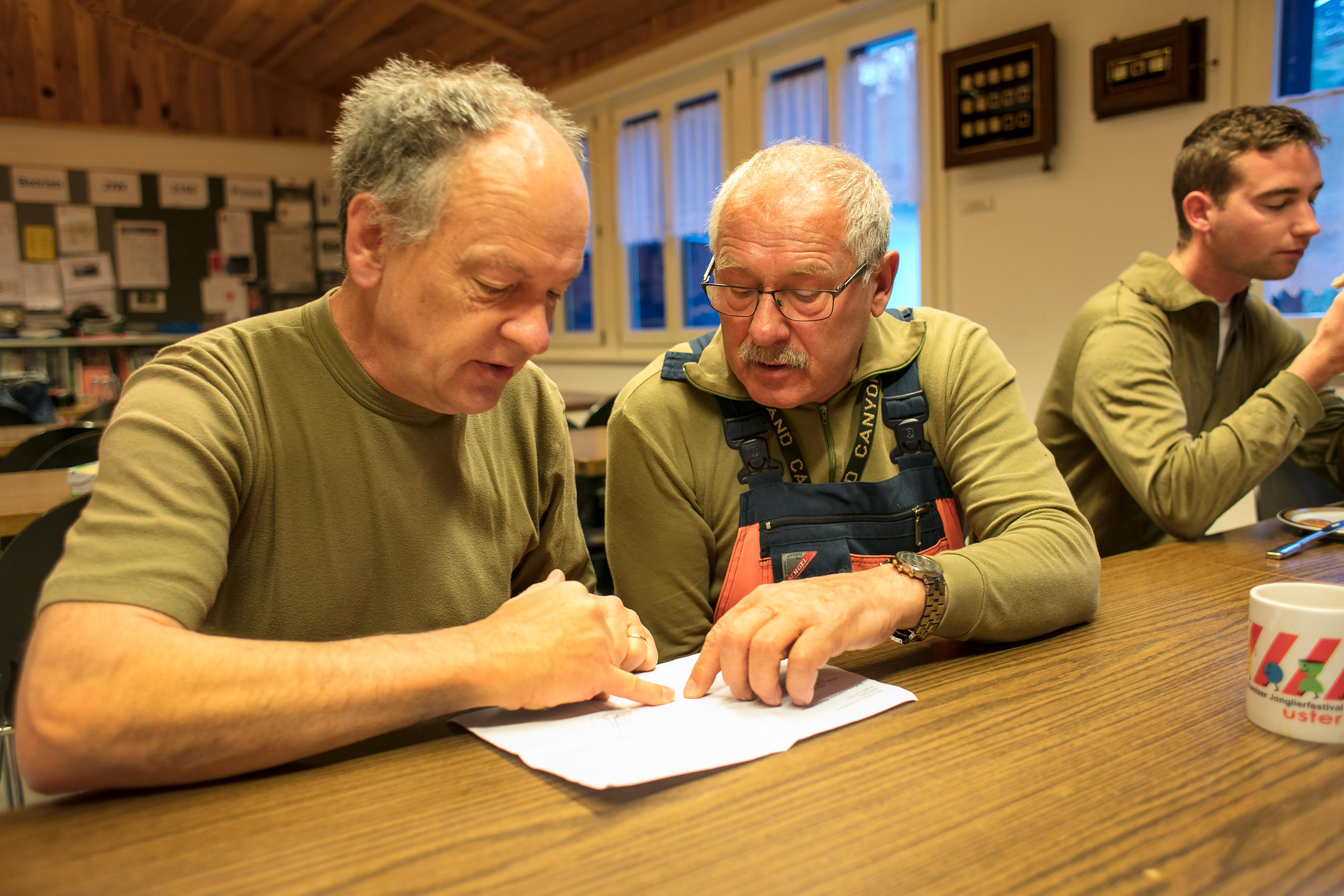
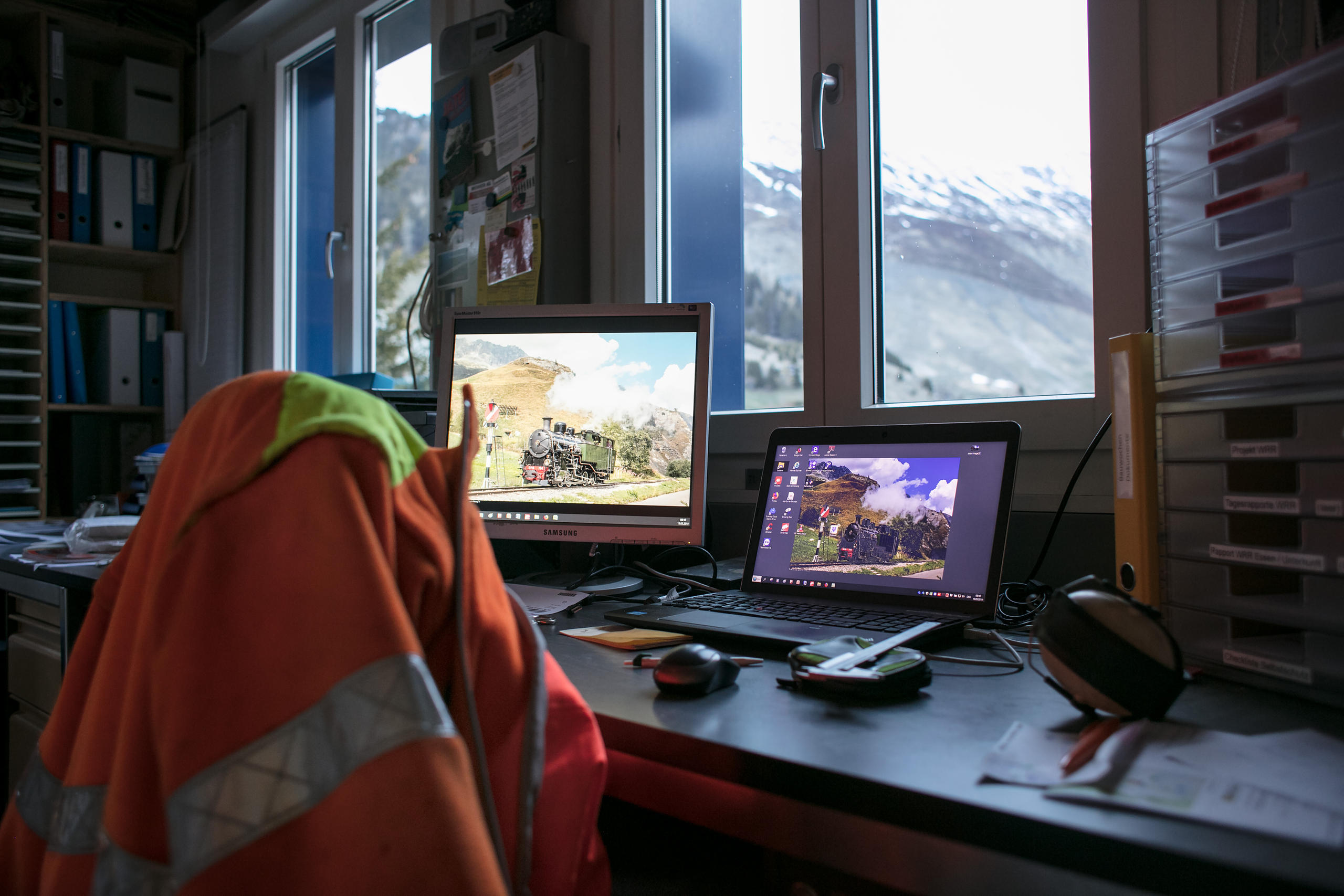



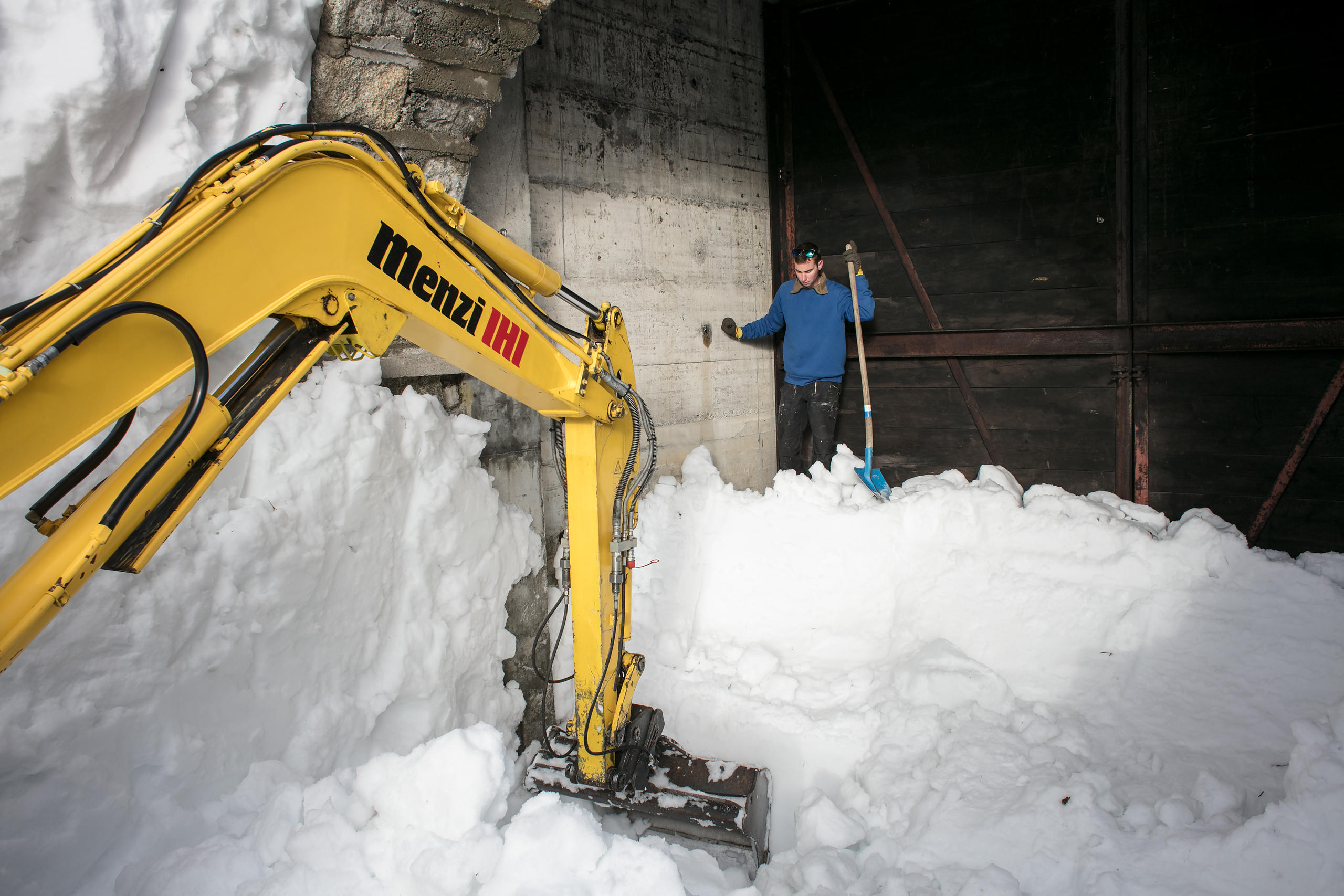
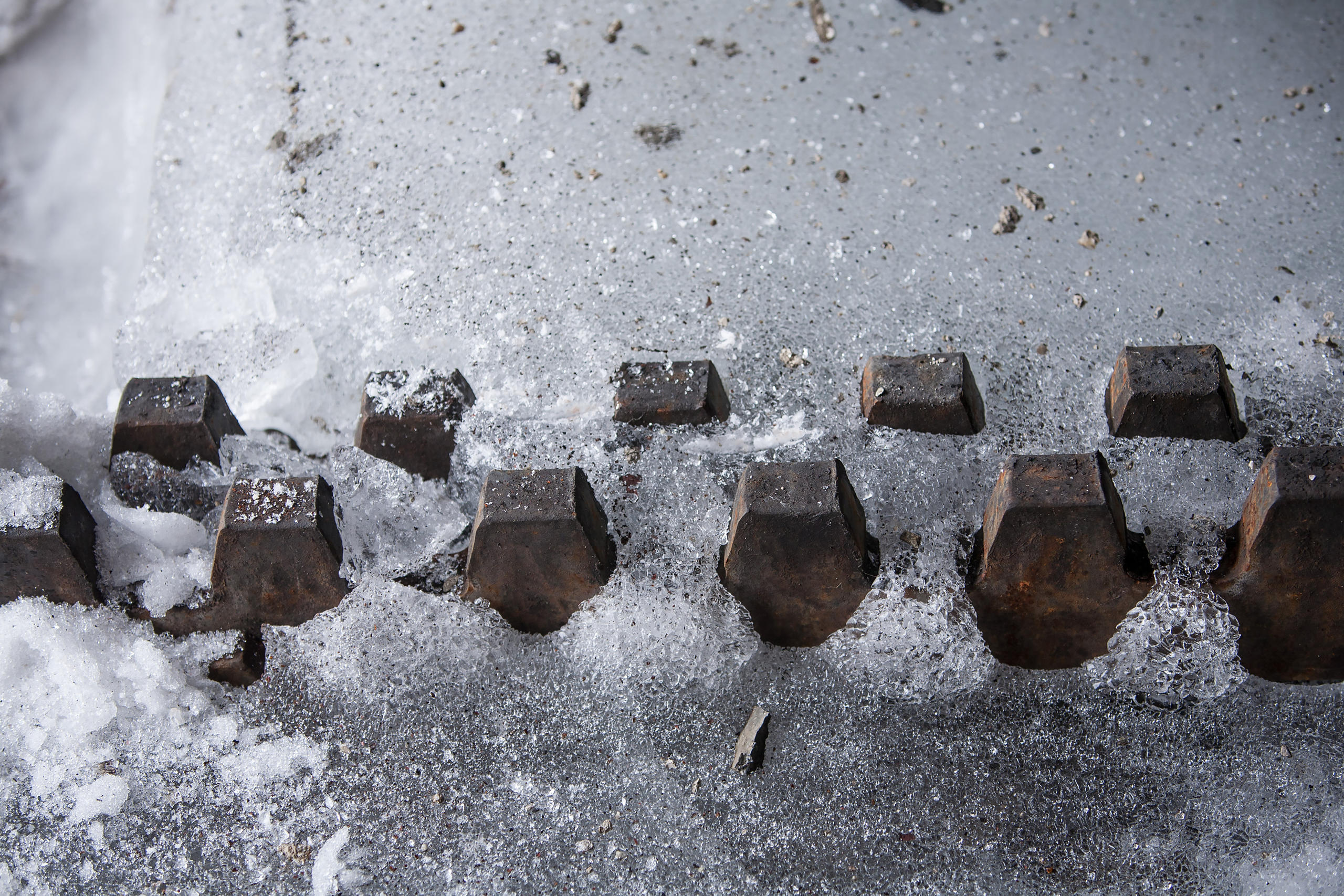
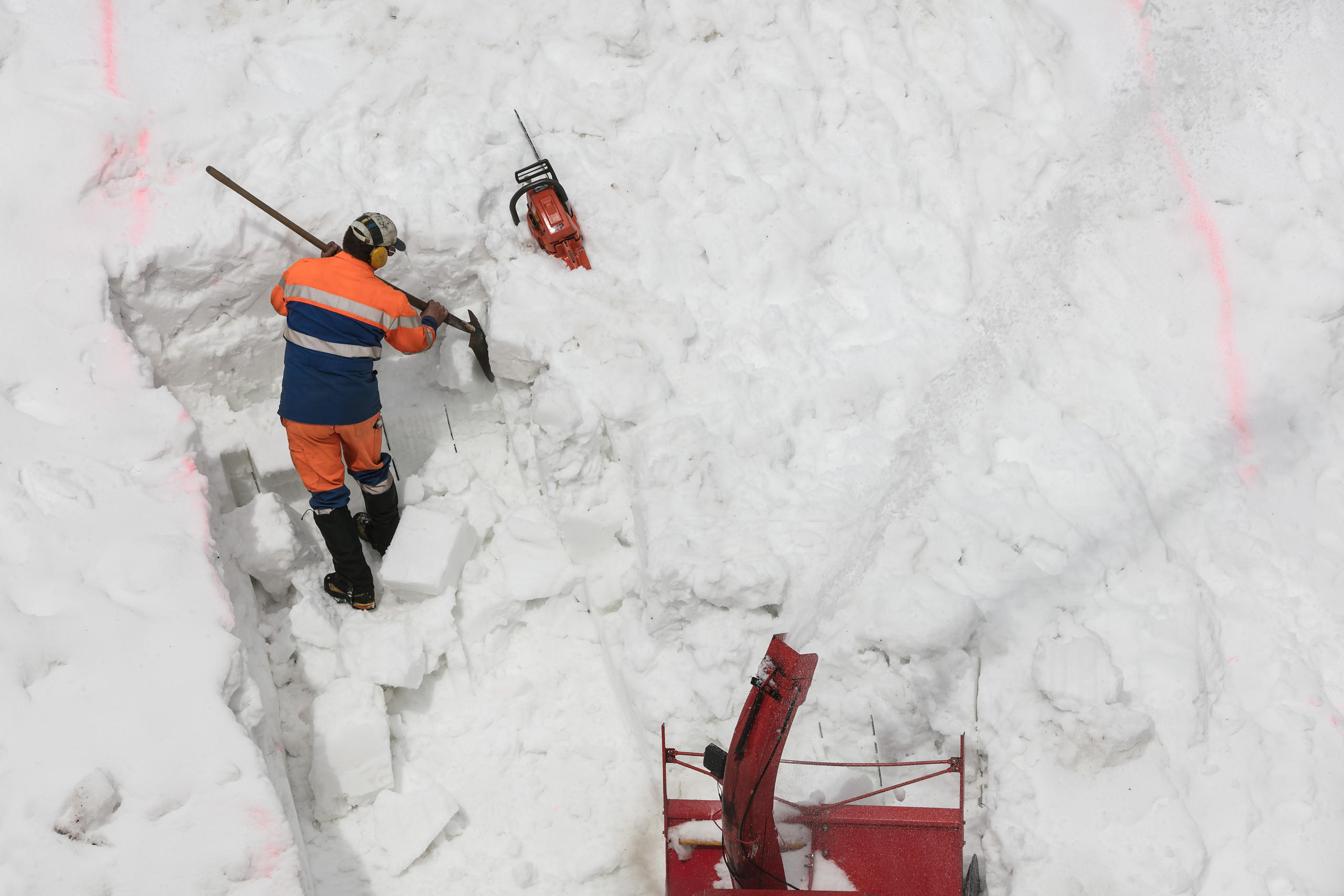
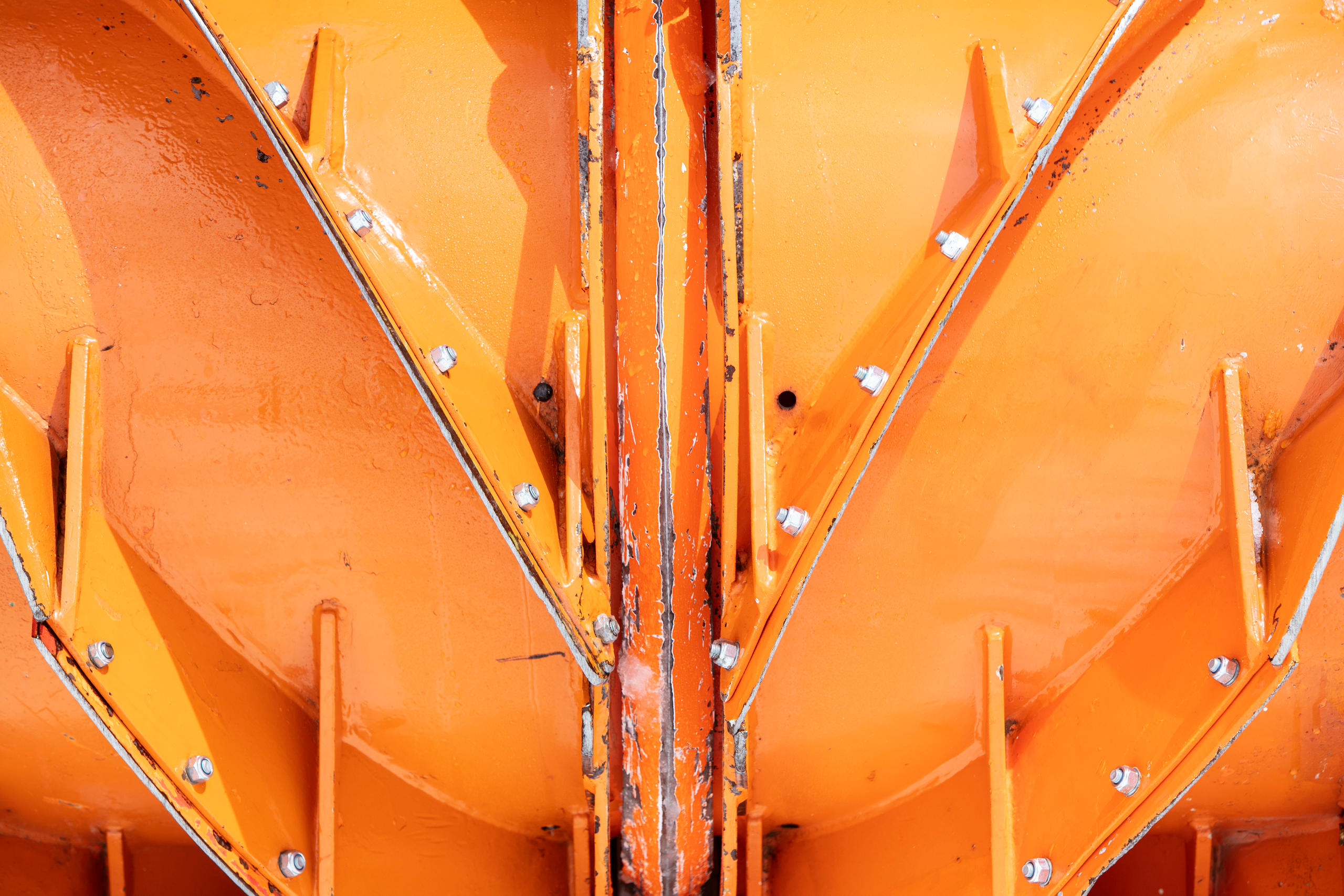

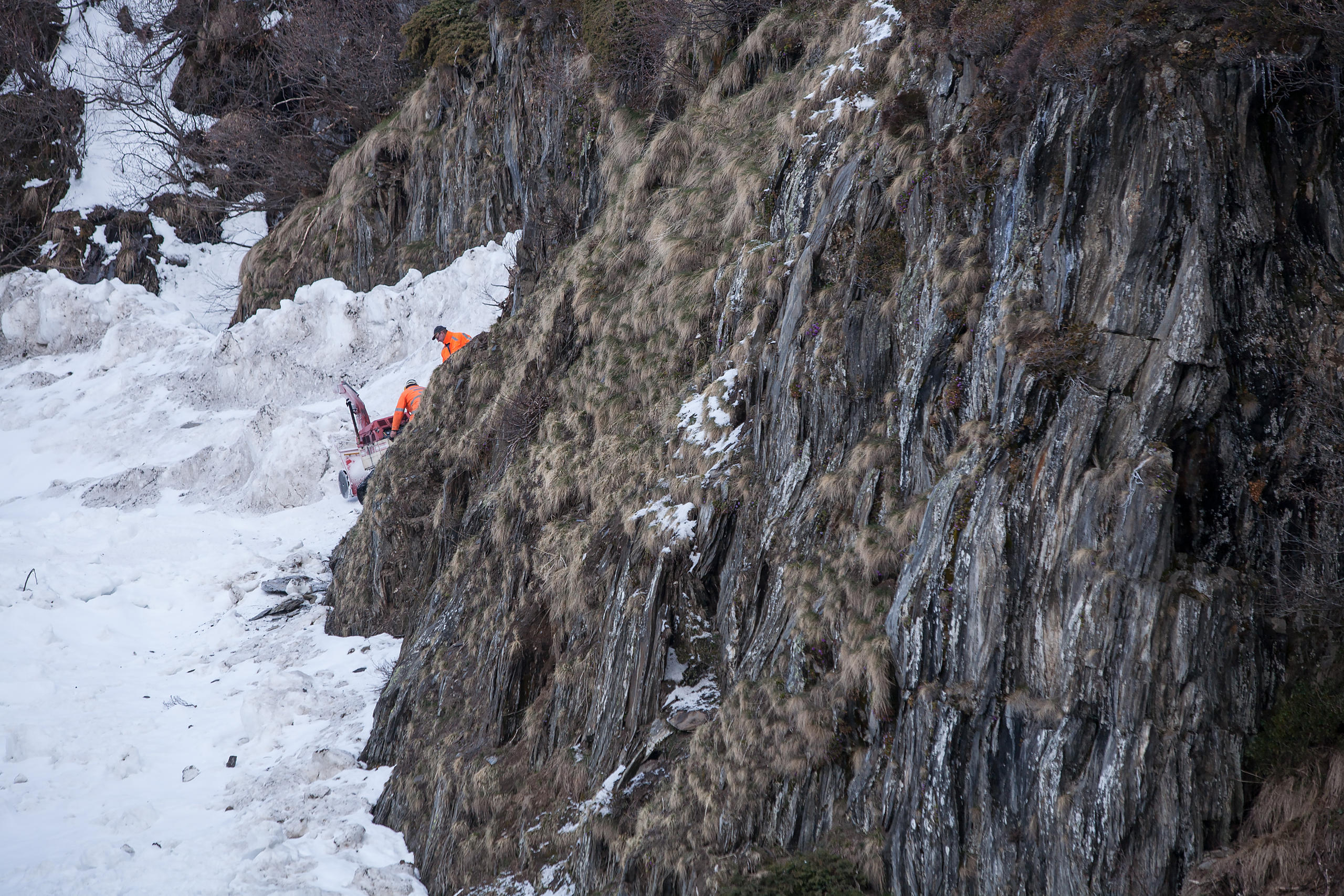
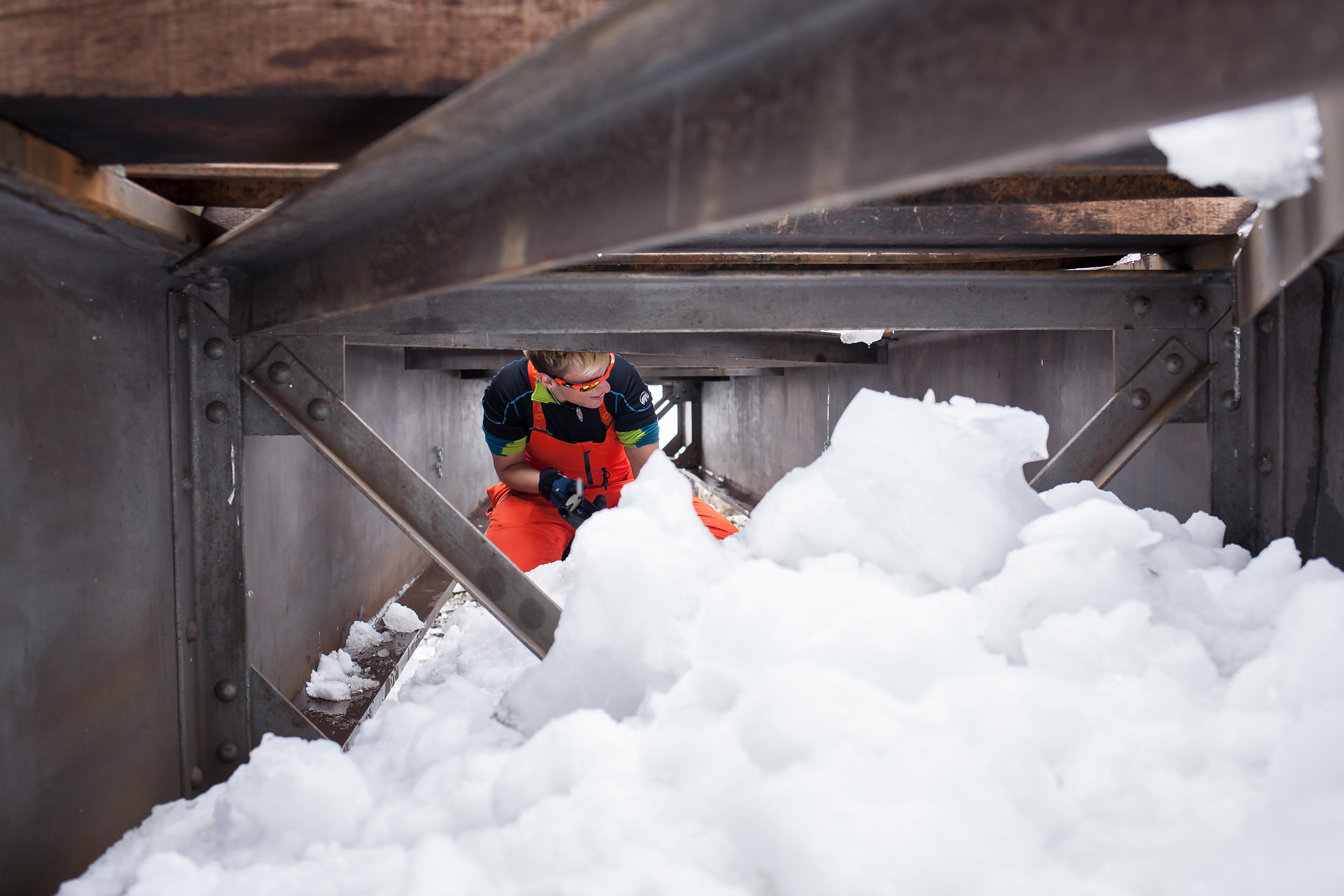
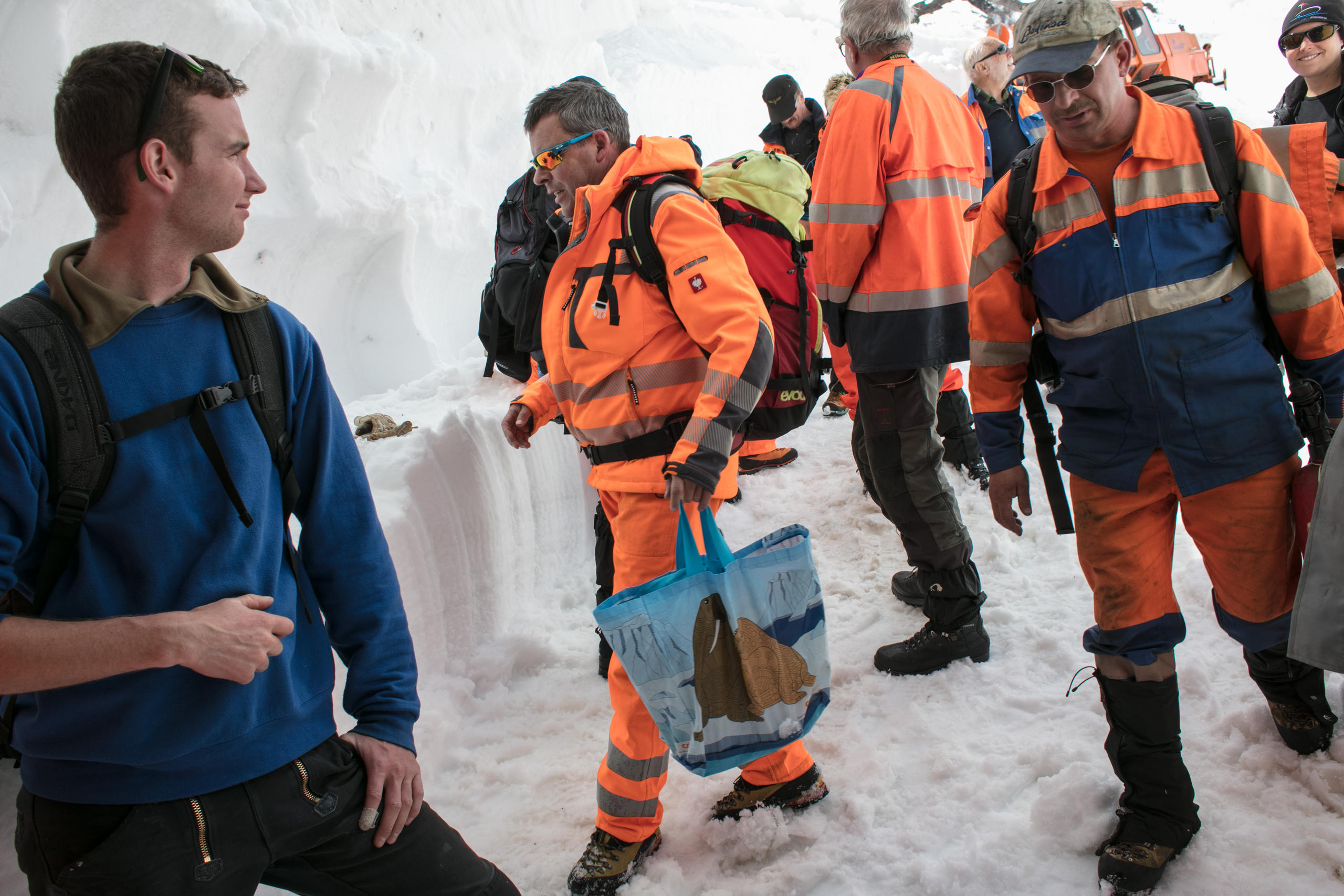
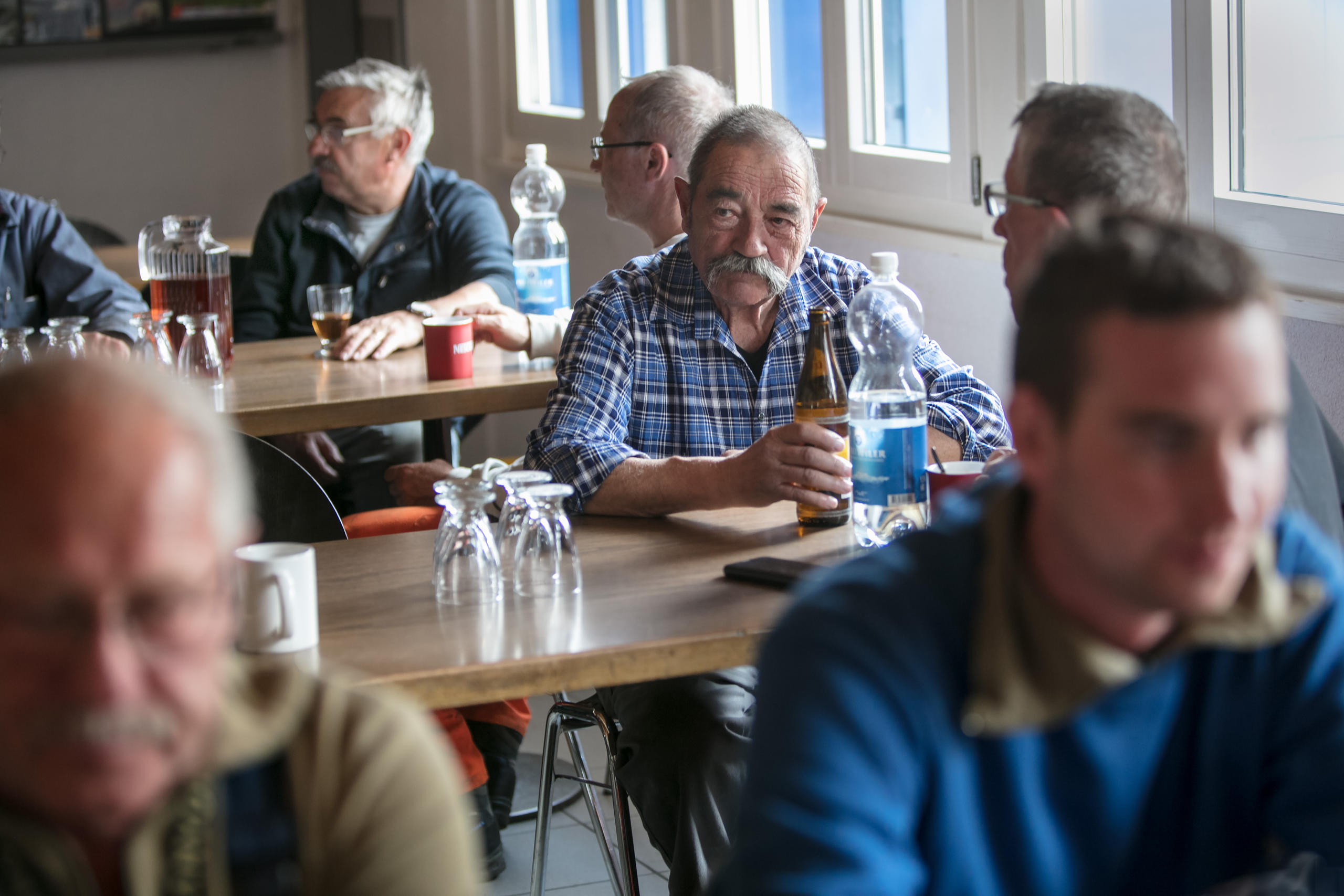
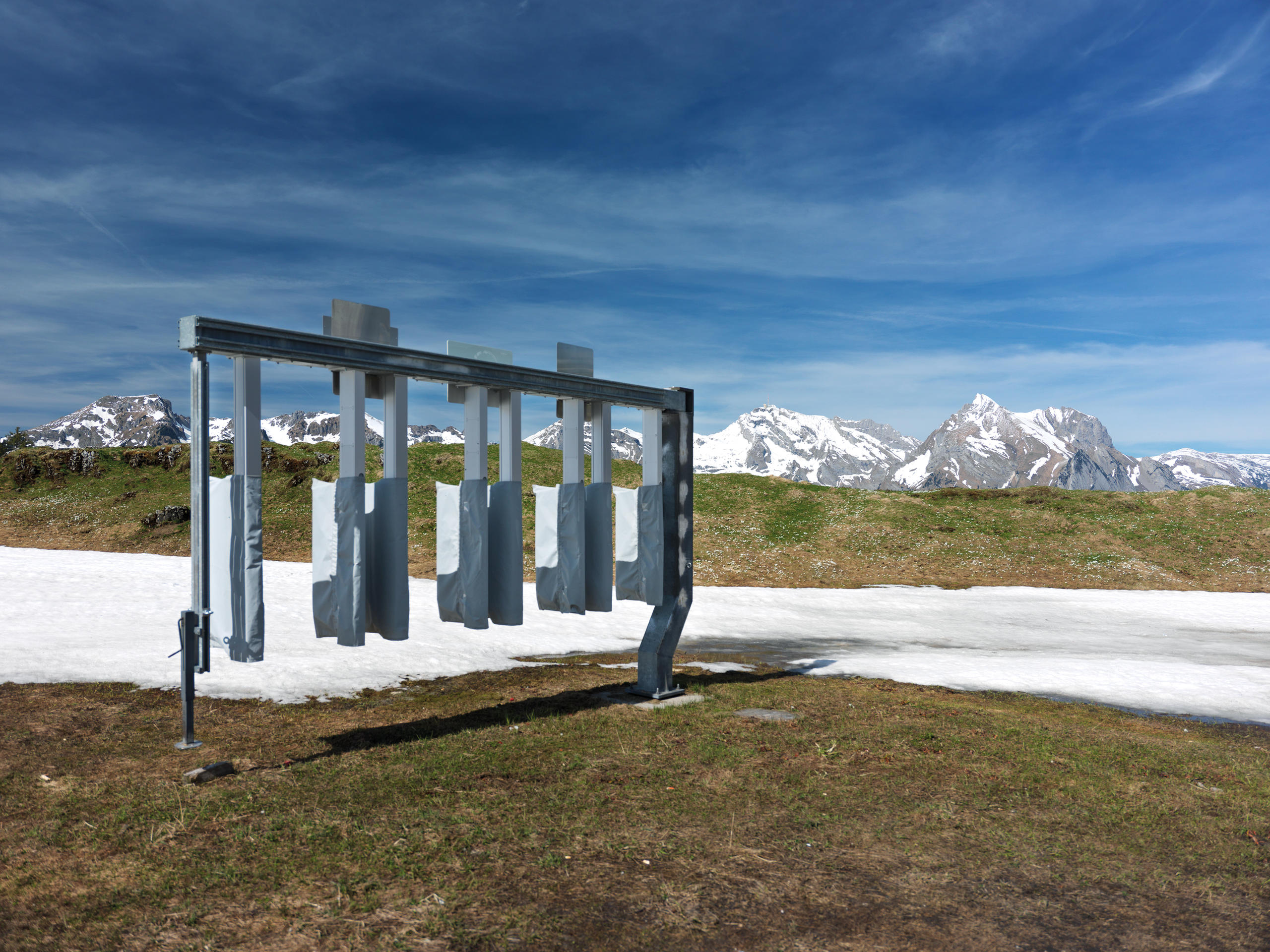


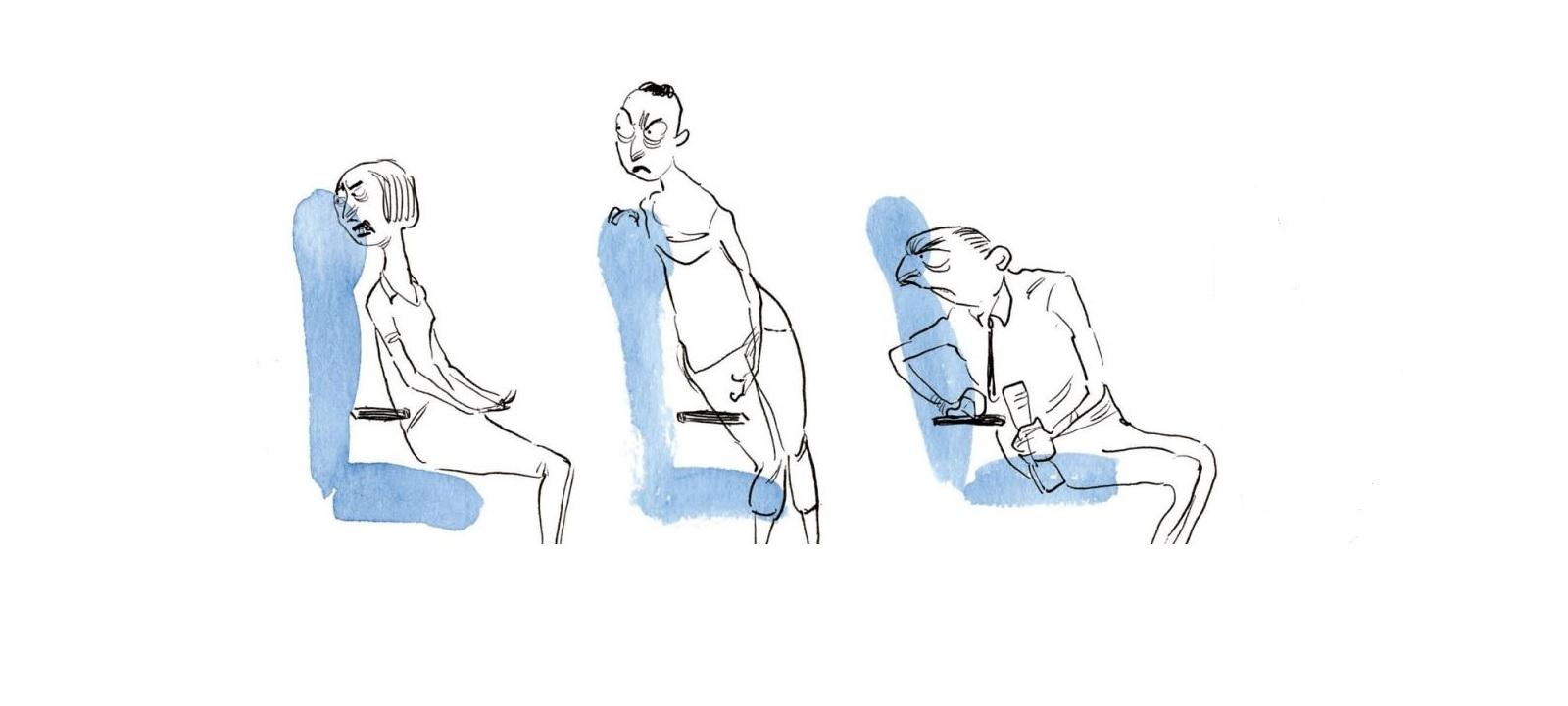
You can find an overview of ongoing debates with our journalists here . Please join us!
If you want to start a conversation about a topic raised in this article or want to report factual errors, email us at english@swissinfo.ch.